Schnelle Rezepte für Viele Gäste – 10 Ideen für Stressfreies Kochen Mit Genuss!✨. Wenn Sich Spontan Besuch Ankündigt ODER of…
Read More

Schnelle Rezepte für Viele Gäste – 10 Ideen für Stressfreies Kochen Mit Genuss!✨. Wenn Sich Spontan Besuch Ankündigt ODER of…
Read More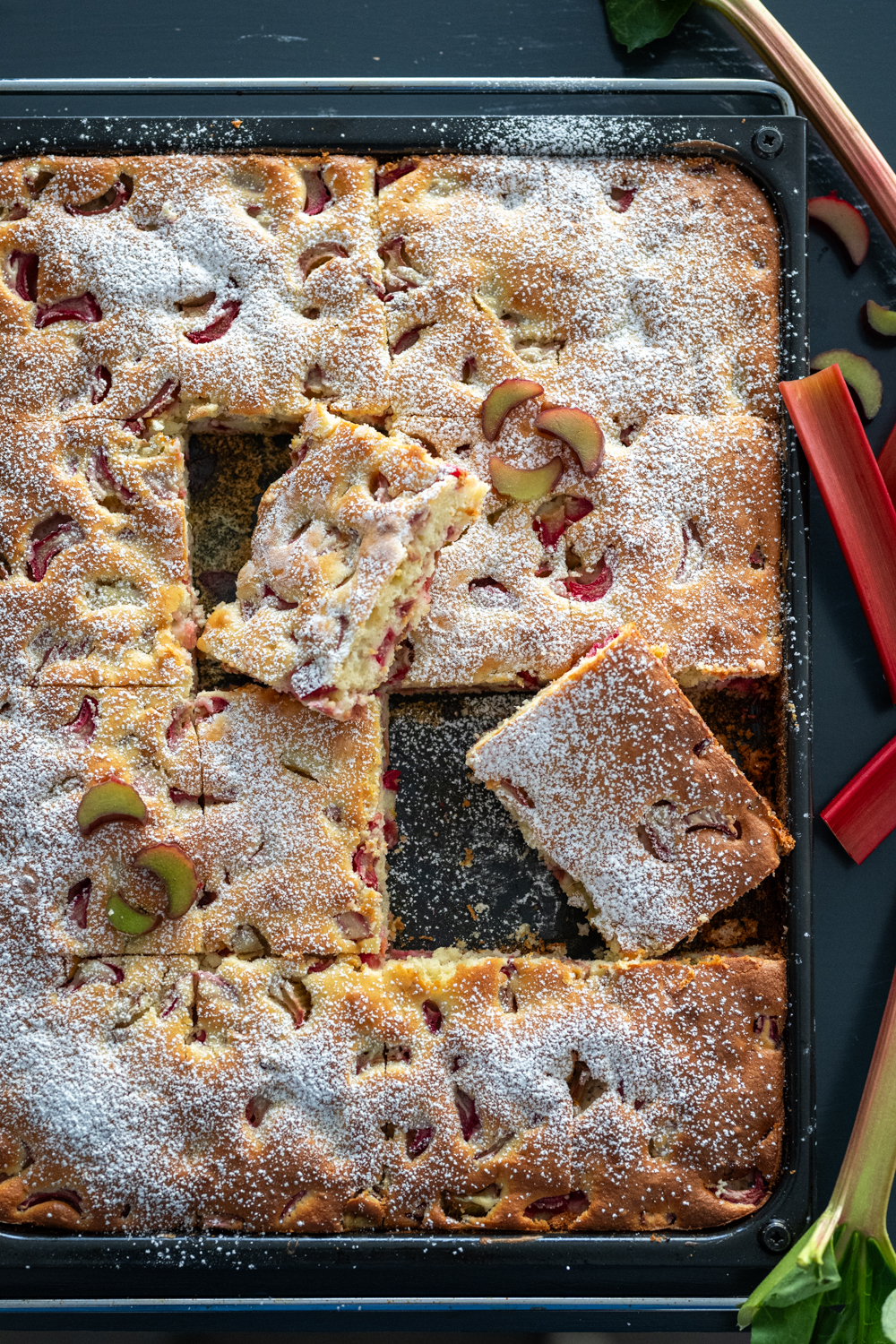
Fast rhubarb cake from the sheet metal – fruity, fluffy & perfect for spring days! This Fixed rhubarb cake Bring…
Read More
Here are mine 20 best vegan Easter recipes for you. Because the long Easter weekend is a wonderful opportunity every…
Read More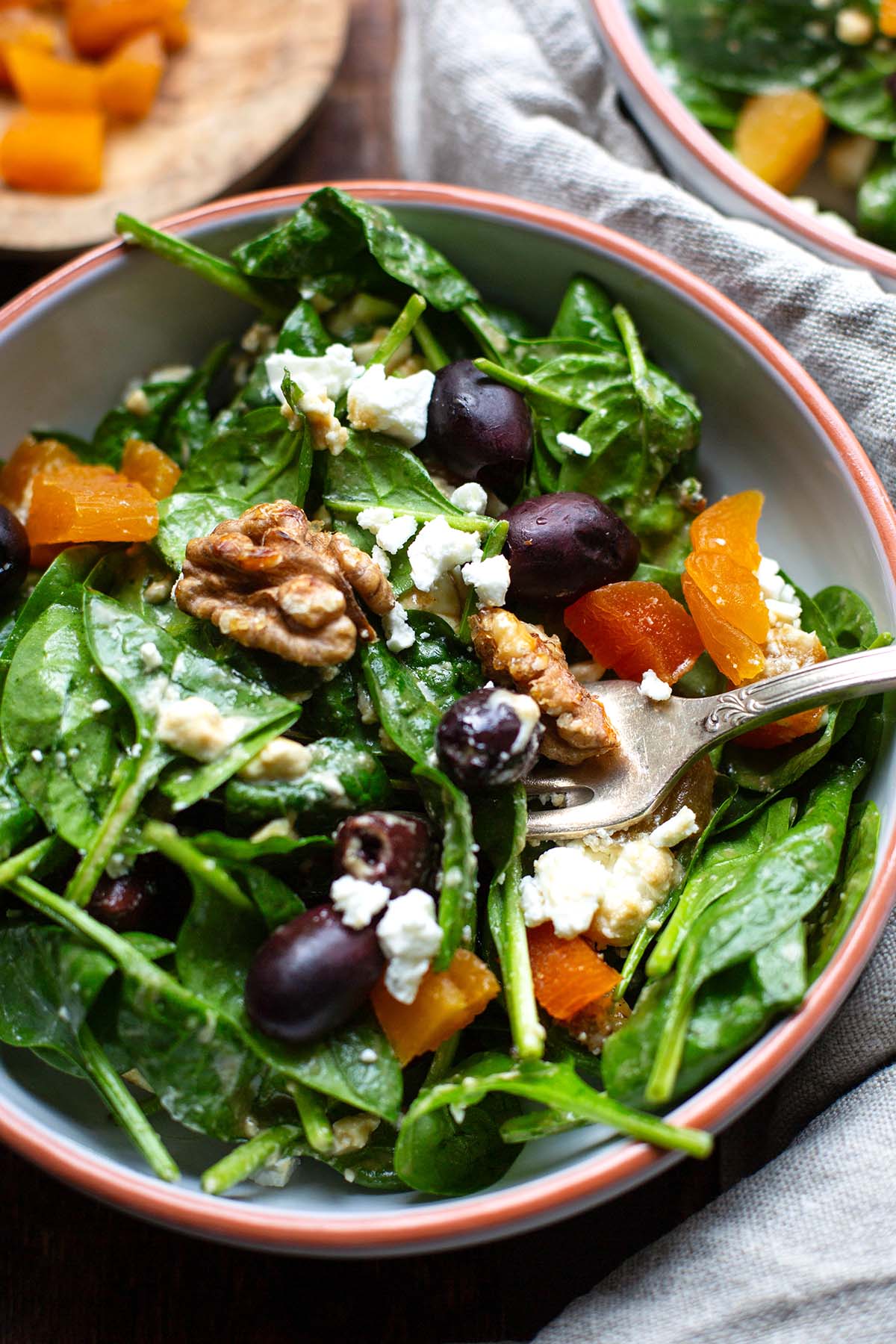
This spinach salad with feta and honey mustard dressing is addictive! The 15-minute recipe is on the table in no…
Read More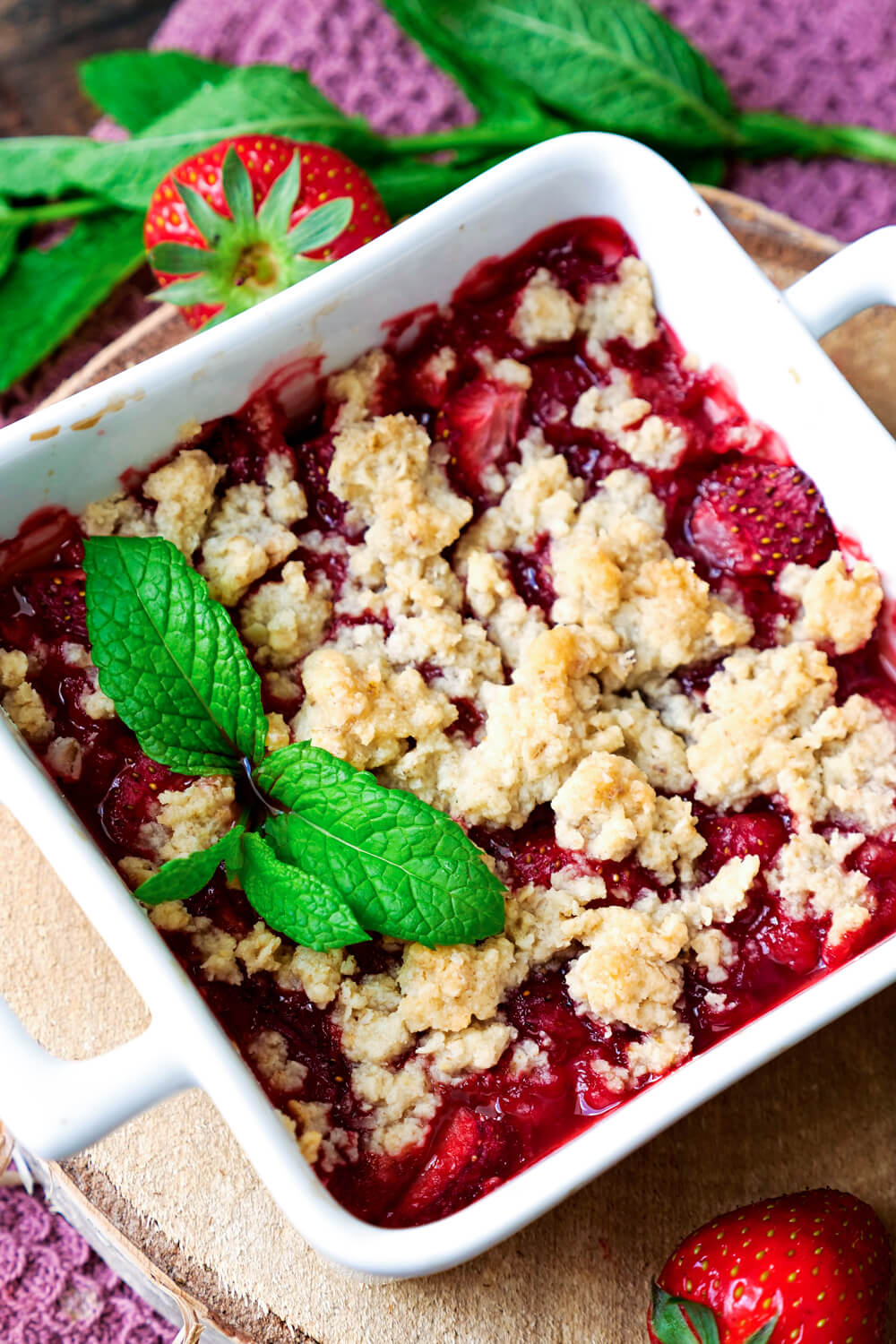
Crispy crumbs meet my loved one Strawberry crumble on warm strawberries. An unbeatable and delicious combination. And best of all:…
Read More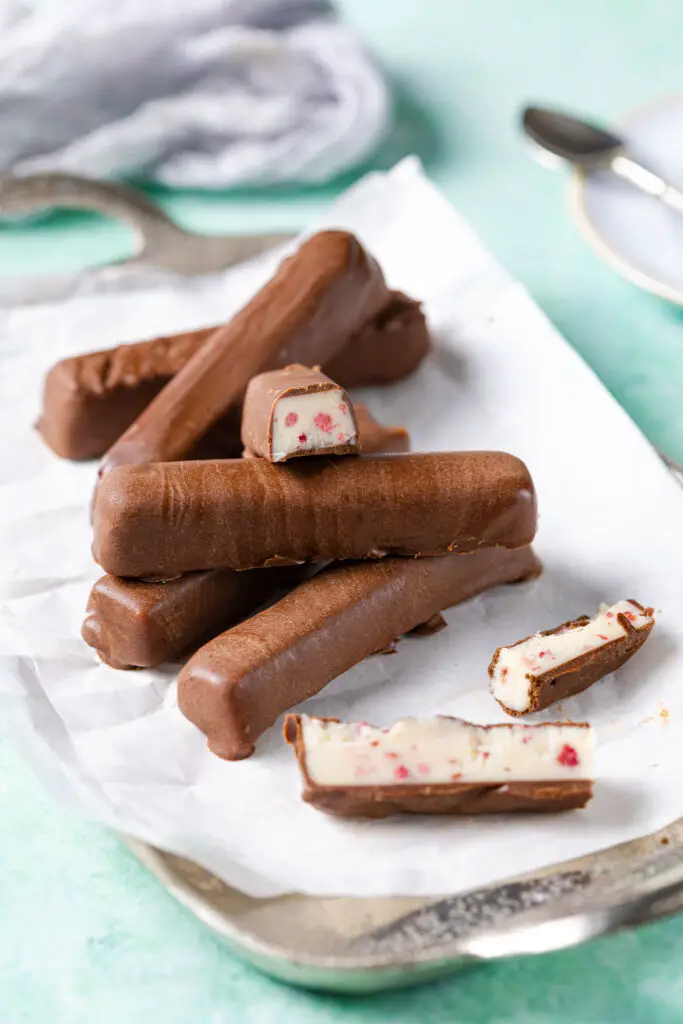
A low carb yogurette had been on my plan for a long time, but I always pushed it back. But…
Read More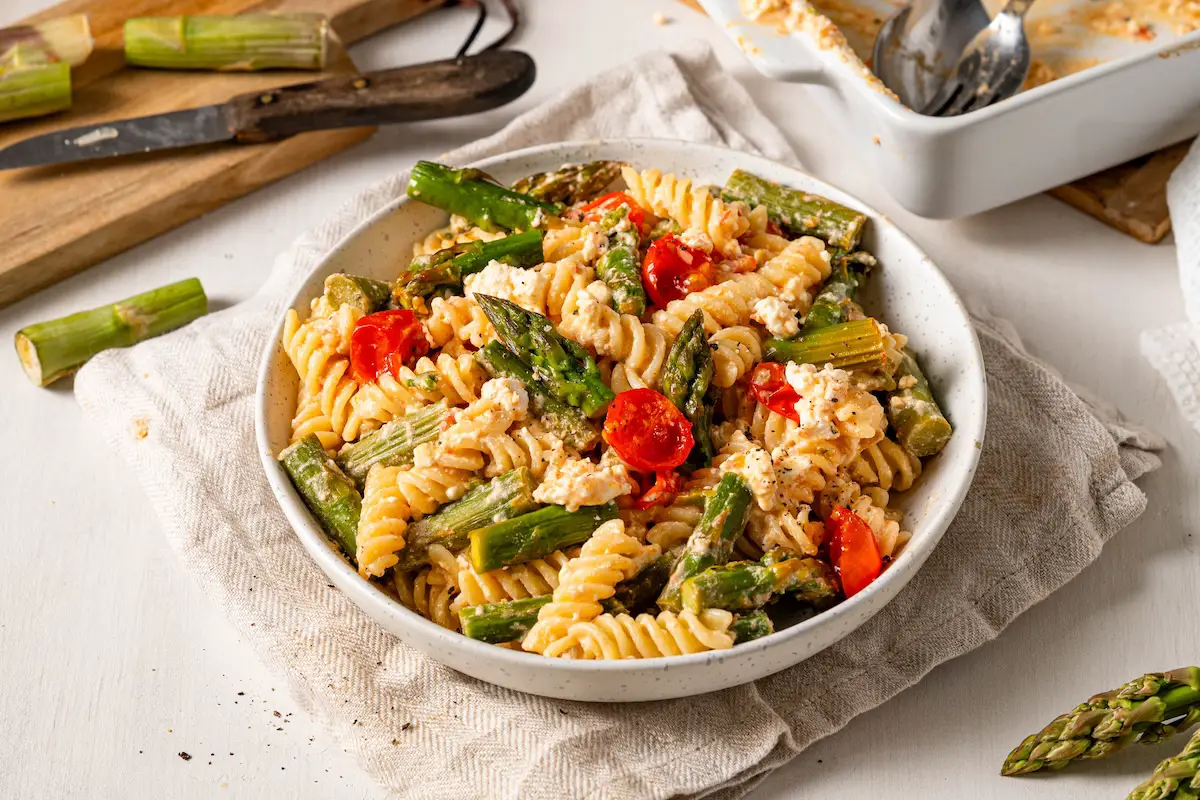
If you get the baking dish out of the oven, you can about 50ml from Pasta Add. Then everything to…
Read More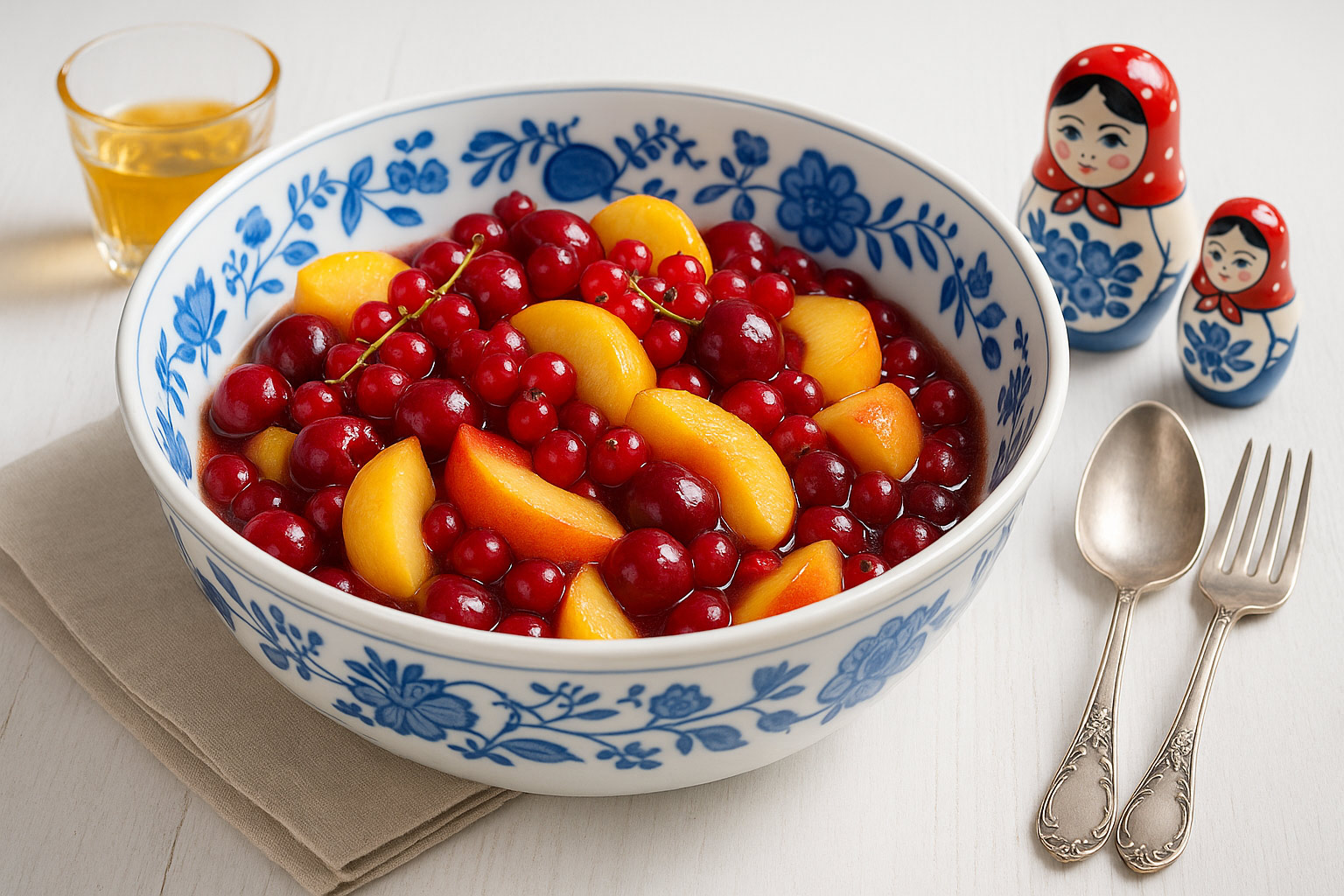
7 Fruit salad with summer fruits Bring the best of the warm season into a bowl. The mixture Sweet-sour cherries,,…
Read More
The pleasure fair in Munich starts from November 27 to December 1, 2024 with new trends. A large number of…
Read More
Vegan apricotist-the perfect Easter biscuits How good is apricot junk! The wonderfully vanilla, vegan plunder particles are the perfect Easter…
Read More